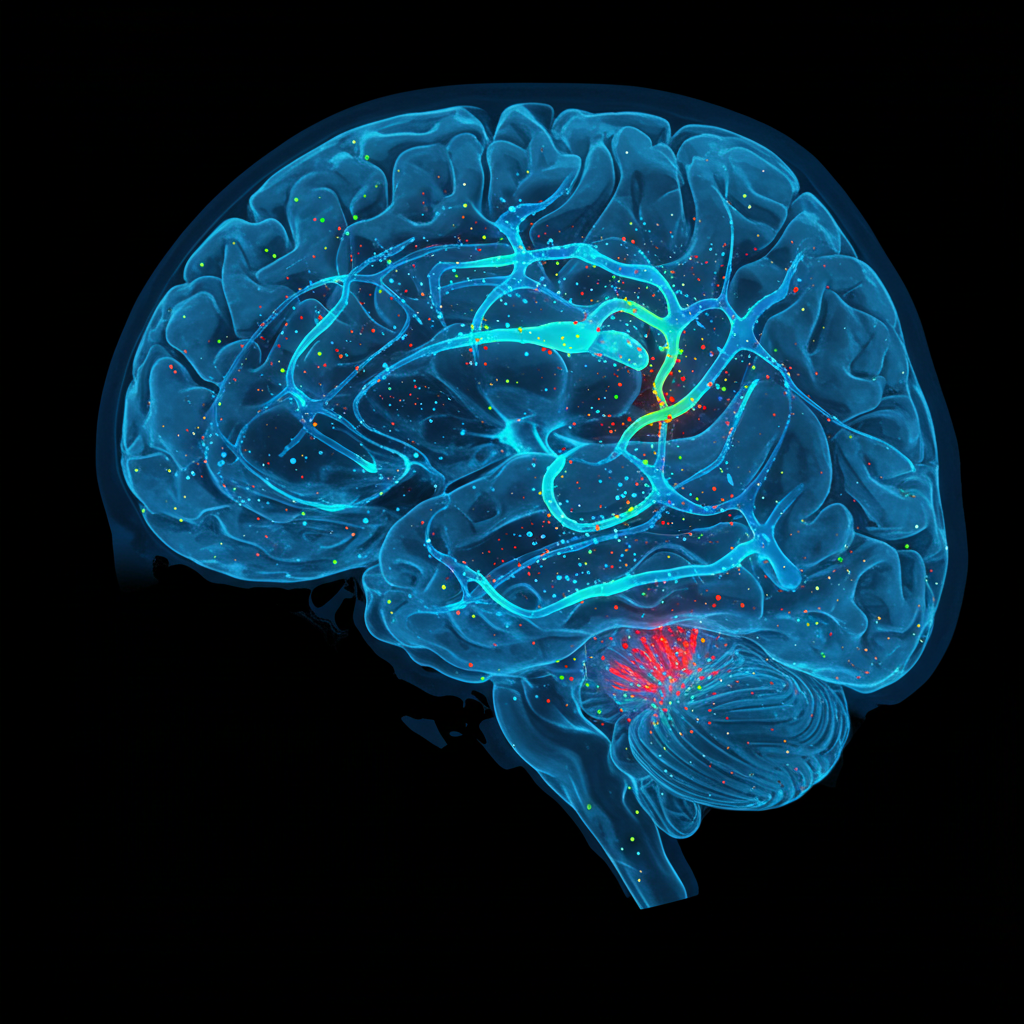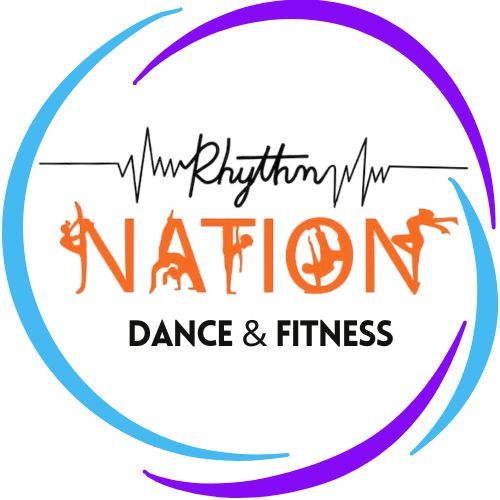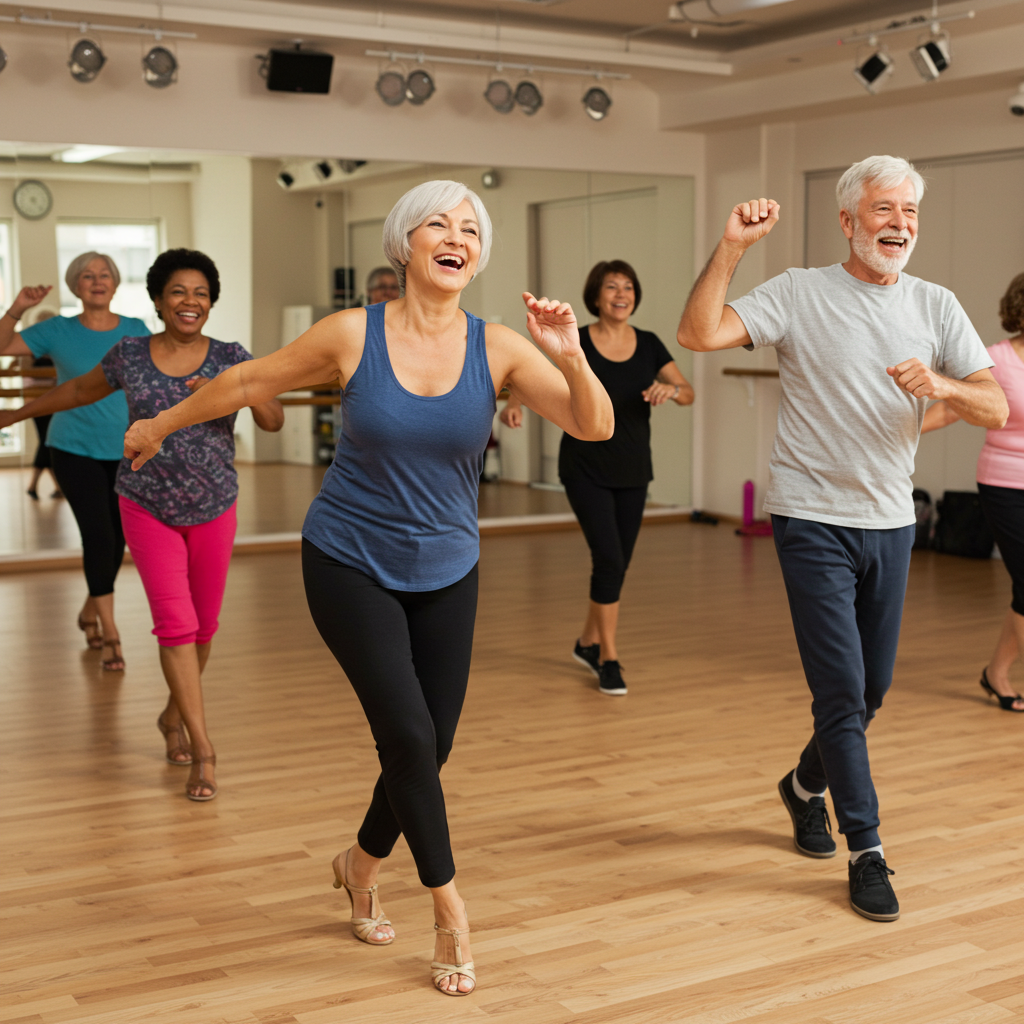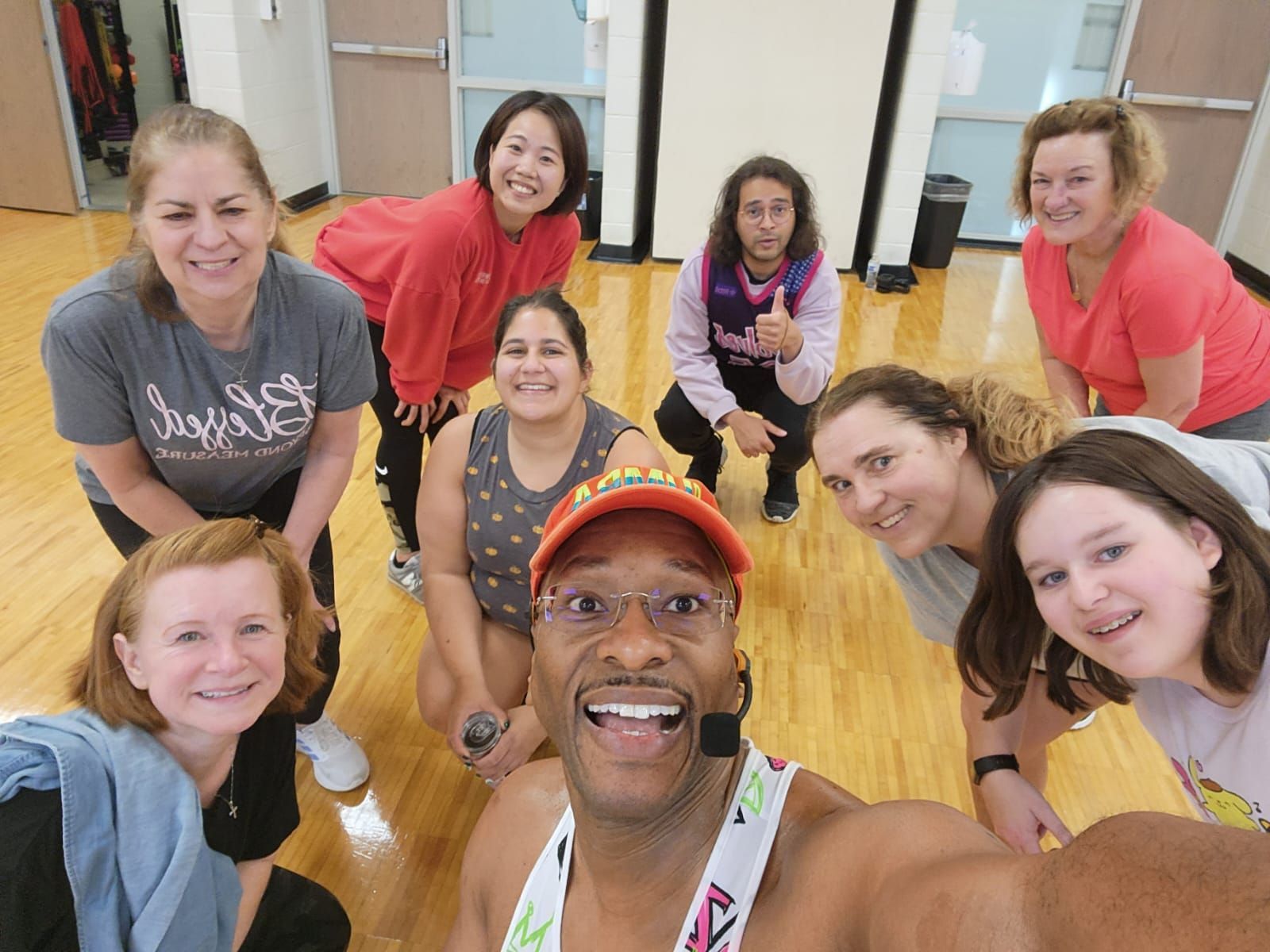The Cognitive Effects of Dance Fitness on the Brain and Body
How Dance Improves Your Mind and Memory

Dance fitness, often celebrated for its physical benefits, extends its influence into the cognitive realms of the brain and body. This form of exercise, which combines the rhythmic movements of dance with the rigorous nature of a fitness routine, offers numerous advantages for both mental acuity and bodily health. This blog delves into the cognitive effects of dance fitness, particularly its impact on memory, focus, brain-derived neurotropic factor (BDNF), physical movement, and mental engagement.
The Brain-Body Connection
Dance fitness engages both the brain and the body in a harmonious symphony. The brain plays a crucial role in coordinating the complex movements that dance requires. When you dance, your brain's motor cortex, cerebellum, and basal ganglia are activated to control and refine your movements. This intricate coordination not only improves your physical abilities but also enhances your brain's overall function.
Enhancing Memory
One of the most profound cognitive benefits of dance fitness is its positive impact on memory. Learning and remembering dance routines involves a significant amount of mental energy. The process of memorizing steps and sequences stimulates the hippocampus, the area of the brain responsible for memory and learning.
Studies have shown that individuals who engage in regular dance fitness routines have better memory retention and recall abilities. This is especially beneficial for older adults, as dance fitness can help mitigate age-related cognitive decline. The continuous challenge of learning new routines keeps the brain engaged and promotes neuroplasticity, the brain's ability to form and reorganize synaptic connections.
Boosting Focus and Concentration
Dance fitness demands a high level of focus and concentration. To perform dance moves accurately, participants must pay close attention to rhythm, timing, and coordination. This intense focus strengthens the prefrontal cortex, the part of the brain responsible for attention, planning, and decision-making.
Regular participation in dance fitness can enhance an individual's ability to concentrate on tasks, both during the workout and in everyday activities. The skills developed through dance fitness, such as multitasking and quick decision-making, translate into improved cognitive performance in other areas of life.
Brain-Derived Neurotropic Factor (BDNF)
One of the key players in the cognitive benefits of dance fitness is Brain-Derived Neurotropic Factor (BDNF). BDNF is a protein that supports the survival, growth, and differentiation of neurons in the brain. It plays a crucial role in learning, memory, and higher thinking. Physical exercise, such as dance fitness, increases the levels of BDNF in the brain, thereby enhancing cognitive functions and promoting brain health.
Higher levels of BDNF have been associated with improved memory and learning, better mood, and a reduced risk of neurodegenerative diseases such as Alzheimer's. By boosting BDNF, dance fitness not only improves current cognitive abilities but also helps protect the brain from future cognitive decline.
Physical Movement and Mental Engagement
Dance fitness is unique in that it combines physical movement with mental engagement. The physical aspect of dance fitness improves cardiovascular health, muscle strength, and flexibility. The mental aspect, which includes learning choreographies, timing movements, and staying in sync with music, keeps the brain highly engaged.
This combination of physical and mental activities creates a powerful synergy that enhances overall cognitive function. The need to constantly adapt and learn new routines promotes mental agility and encourages the brain to develop new neural pathways, leading to improved cognitive resilience.
Stress Reduction and Emotional Well-being
In addition to its cognitive benefits, dance fitness also contributes to emotional well-being. Physical activity, in general, is known to reduce stress and anxiety by releasing endorphins, the body's natural mood elevators. Dance fitness amplifies this effect by incorporating music and creative expression, which further enhance mood and reduce stress levels.
Engaging in dance fitness can also increase self-esteem and confidence. The sense of accomplishment that comes with mastering dance routines and achieving fitness goals provides a significant emotional boost. This positive emotional state can improve overall cognitive function, as a well-balanced emotional state is essential for optimal brain performance.
Social Interaction and Cognitive Health
Dance fitness often involves participating in group classes, which fosters social interaction and connection. Social engagement is a key component of cognitive health, as it stimulates the brain through communication and collaboration. Interacting with others in a dance fitness class can improve social skills, increase empathy, and reduce feelings of loneliness and depression.
The communal aspect of dance fitness incorporates accountability and motivation, making it more likely for individuals to stick with their fitness routines. The consistency of regular exercise further enhances the cognitive benefits of dance fitness.
Conclusion
Dance fitness is more than just a fun way to stay in shape; it is a powerful tool for enhancing cognitive health. By improving memory, boosting focus and concentration, increasing BDNF levels, integrating physical movement and mental engagement, reducing stress, and fostering social interaction, dance fitness offers a holistic approach to mental and physical well-being. Whether you are a seasoned dancer or a beginner, incorporating dance fitness into your routine can lead to a healthier, happier, and more cognitively vibrant life.



